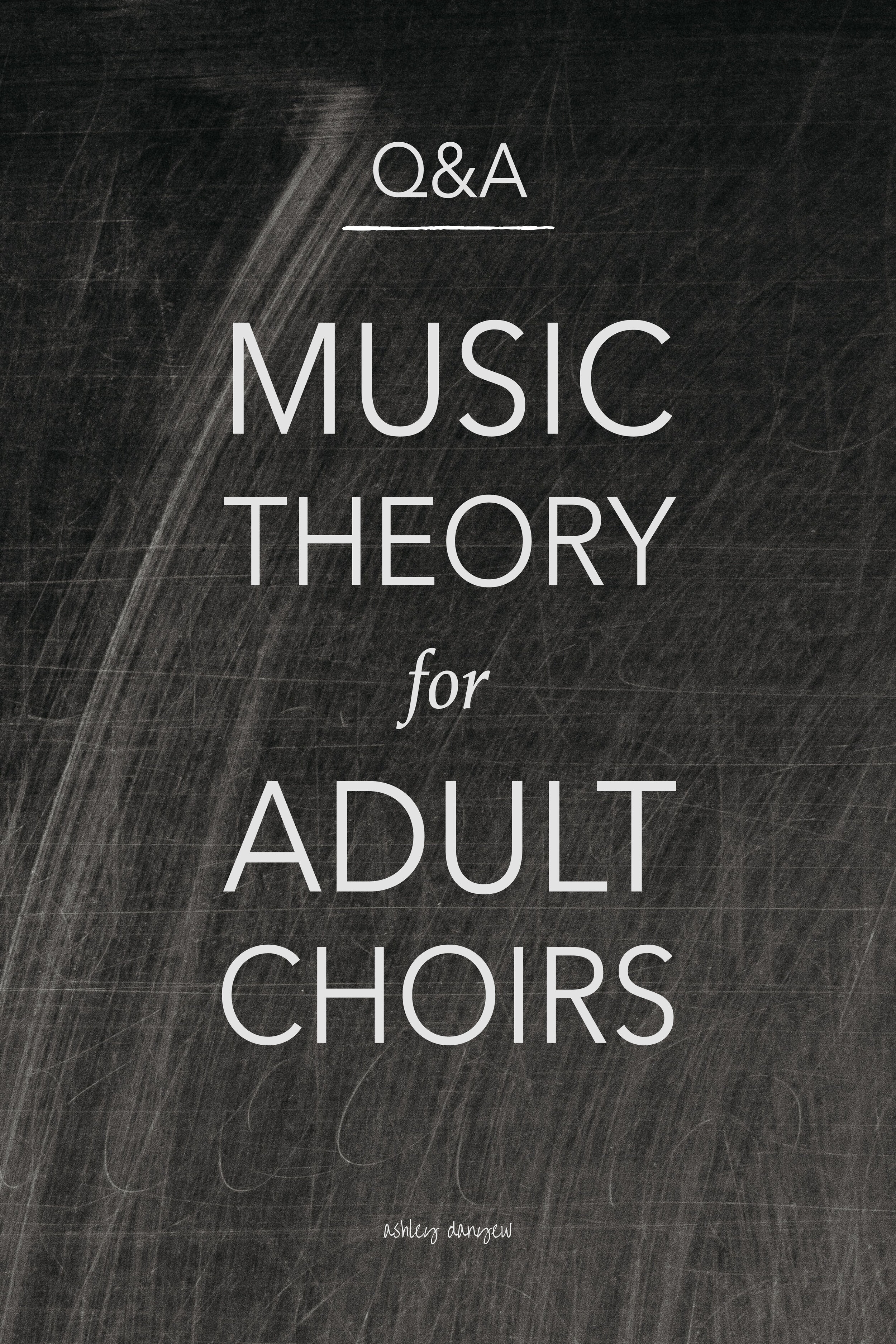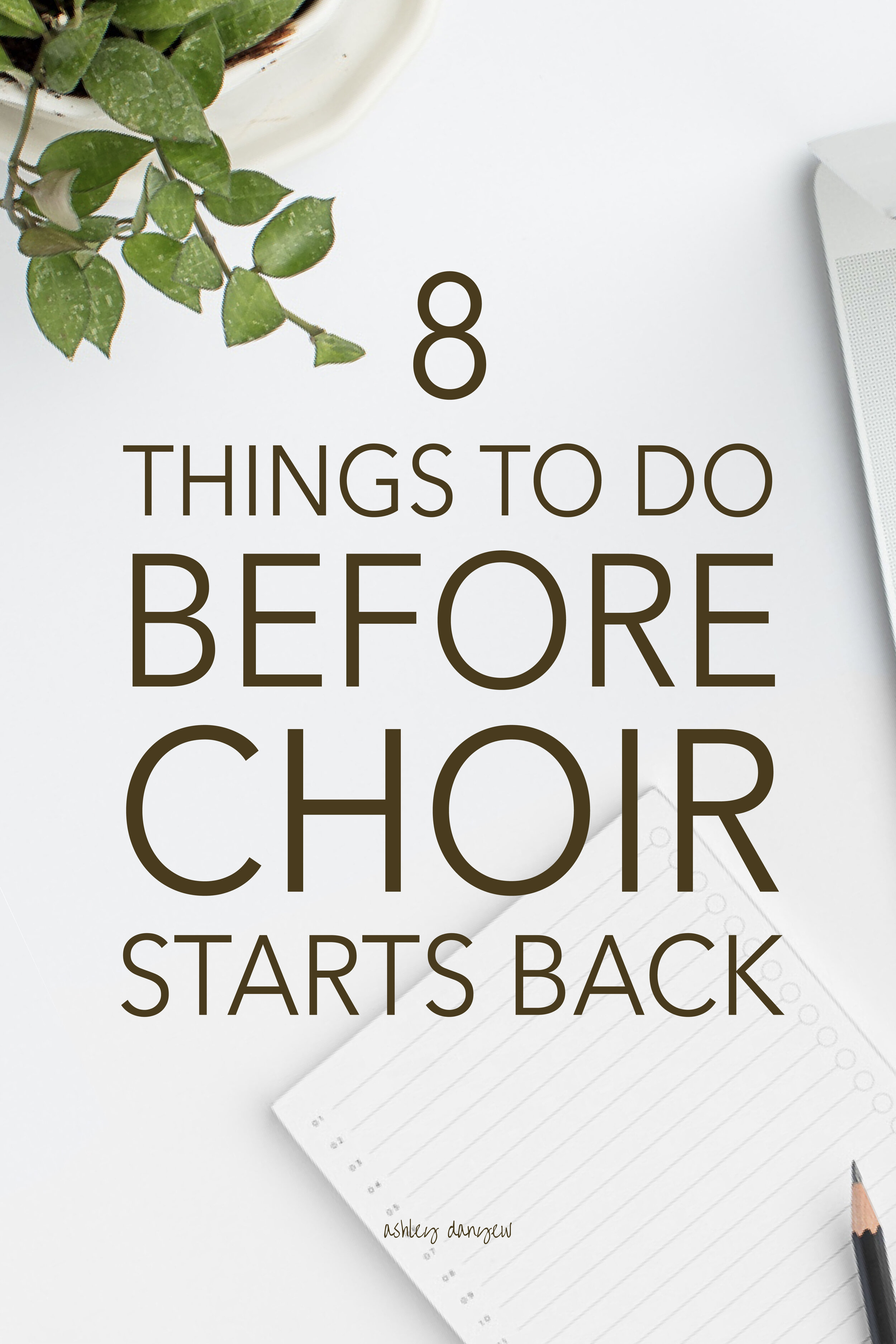Do you remember how you learned to read?
You probably spent a lot of time following along in a book as you listened to someone else read to you. Eventually, you started finishing the sentences and pointing to the words as you went along.
You learned simple words like, go and dog and identified them in other books.
What does all this have to do with today’s post?
Learning music works the same way as learning a language. In music-reading, we learn to recognize tonal and rhythm patterns like familiar words in books.
Think about how many children’s books have the words cat or dog, hat or sat, red or green in them.
Now think about how many songs you know that have the patterns "do-re-mi" or "do-mi-sol" or music that uses the rhythm patterns "bah bah bah bah" (four quarter notes) or "bah-bah bah-bah bah bah” (eighth-eighth eighth-eighth quarter quarter).
One of the greatest musical skills you can help your choir develop is reading music for themselves with musical understanding.
It’s likely that the majority of people in your choir can read music, or at least follow their part up and down the staff. Some may be more secure than others and feel comfortable singing their part without the support of the piano.
Others may wait a split-second to hear what the people around them sing or what the piano plays before singing themselves. This gives the illusion that they are reading the part for themselves when in actuality they are becoming expert imitators (gasp!). This often leads to lag within a section or the choir as a whole.
How do you counteract this?
How do you diversify your teaching to support those who are musically illiterate while still challenging your more capable readers? And how do you do all of this in the limited time you have with your choir each week?!
The answer: Spend more time sight-reading.
It seems obvious, right?
The formal definition of sight-reading is to "read and perform music at sight, without preparation” (source). This means something that’s unfamiliar, that your choir hasn’t sung before: a new anthem, an unfamiliar hymn, a lesser-known folk song, etc.
This is important because singers are forced to make connections between things they know (other songs, hymns, or anthems) and use the musical vocabulary they have. They'll also develop that all-important sense of inner hearing that they can apply to any piece they're working on.
By going through this process on a regular basis, singers will become more capable and more confident in their reading skills.
And they'll rely less on the piano to tell them how the notes on the page go.
A general rule for sight-reading: do this without the piano.
Use the piano to establish tonality (play the tonic chord or I-IV-V7-I chord sequence in the given key) and then drop out. Let your choir think their pitches and predict the direction of the line without having the opportunity to imitate the piano. This will help them become more independent musicians and sing more tunefully.
Here are four practical strategies you can use to help your choir improve their sight-reading skills this year:
4 Strategies to Help Your Choir Improve Their Sight-Reading Skills
*Disclosure: I get commissions for purchases made through links in this post.
1. Make it a regular practice.
The best way to develop a new skill—in any field—is by practicing. It’s how chefs develop their signature recipes, painters develop their technique, writers develop their unique voice. It’s how you learn a new language or how to ride a bike or play an instrument.
To become a better sight-reader, you must sight-read regularly.
Make time at the beginning of your rehearsal or as a break in the middle to pull out something new (read: unfamiliar) and sight-read together. Remember, sight-reading only counts the first time you sing through something! After that, it’s simply music-reading because you have a frame of reference for what it sounds like.
Sight-reading exercises don’t have to be long or complicated; in fact, consider doing something simple and accessible, at first—a short, 8-measure melody that your choir can sing in unison. This is a quick way to assess where everyone is in the process and how you can best support them and challenge them in the weeks to come.
Once they can consistently sing the unison exercises accurately and musically, introduce 2- and 3-part exercises, eventually moving to 4-part chorales or unfamiliar hymns.
The important thing is to make sight-reading a regular practice for your choir.
Related posts:
How to Plan a Productive Choir Rehearsal
Making the Most of Your Weekly Choir Rehearsal: 7 Helpful Strategies to Save You Time
2. Review the rhythm separately.
When reading music, it’s important to recognize two primary elements: rhythm and tonality. When sight-reading, review the rhythm separately by chanting or counting before singing. This will help your choir members learn to establish meter and give them an opportunity to review any challenging rhythm patterns before adding in notes and phrasing and dynamics.
You can also ask your choir to look through the example silently and think the rhythm to themselves, which brings me to my next point.
3. Practice silently before singing it out loud.
Do you remember what it was like when you first learned how to read a book silently? To hear the words in your head without any sound being present? This is a valuable skill in music-reading, as well.
Give your choir an opportunity to practice the exercise silently before singing it out loud. Establish tonality and play the starting note, and establish meter by counting off in a steady tempo so everyone can stay together.
Then, go through the exercise silently. Look around the room and watch how people approach this exercise. Are they pointing along in their music? Are they humming softly to themselves? Are they using hand signs or tapping a steady beat with their foot?
Once everyone is finished, ask how they did. Could they hear any sound in their head as they practiced?
Related post: The Power of Silent Singing in Rehearsal
4. Always sing it again.
This is a big one.
Repetition is how we learn, how we remember, how we make sense of our experiences. Even if your choir sang it perfectly on the first try, always take the repeat (even if there’s not one marked in the score).
The goal when sight-reading is not to sing with perfect rhythmic and tonal accuracy; it’s to sing with musical understanding and expression.
Giving them an opportunity to sing it again will solidify that musical understanding and help them sing with greater confidence (and expression!).
After singing it for a second time, ask them to reflect on how it went. What did they notice or observe about the exercise? What did they do well? What was challenging for them? This is an important part of the learning process—reflecting on what just happened—and again, it's a great way for you to assess their understanding and awareness.
Looking for more educational content & practical teaching strategies?
Join me inside Music Education and Leadership Skills for the Adult Choir Director, an online mini course for church musicians.
Packed with practical tools, resources, and strategies you can use right away in your ministry and teaching, we'll cover the basics of how adults learn, how to teach vocal technique and choral methods, develop sight-reading skills, choose music, and plan rehearsals.
Hopefully, this gives you a few new ideas and strategies for incorporating sight-reading into your rehearsals on a regular basis.
Helpful Sight-Reading Resources:
In closing, let’s talk about where to find sight-reading material that’s appropriate for your choir. Here are a few collections to consider:
Essential Sight-Singing (Mixed Voices), Vol. 1 (Emily Crocker)
Vol. 1 of this collection includes a sequenced set of unison and multi-part exercises and some simple songs for sight-reading.
Essential Sight-Singing (Mixed Voices), Vol. 2 (Emily Crocker)
Vol. 2 includes another sequenced set of unison and multi-part exercises, plus a few more simple songs for sight-reading.
Sight Reading Success (Stan McGill & Morris Stevens)
This book includes a whopping 180 SATB exercises of various lengths (2, 4, 8, 16, and 32 measures).
Sing on Sight, Vol. 2: A Practical Choral Sight Singing Course (Audrey Snyder)
This sight-reading collection is available for Unison/2-Part Treble and 2-Part/3-Part Mixed choirs.
I’d love to hear from you:
How do you help your choir develop their sight-reading skills? What strategies have you found most effective?






































